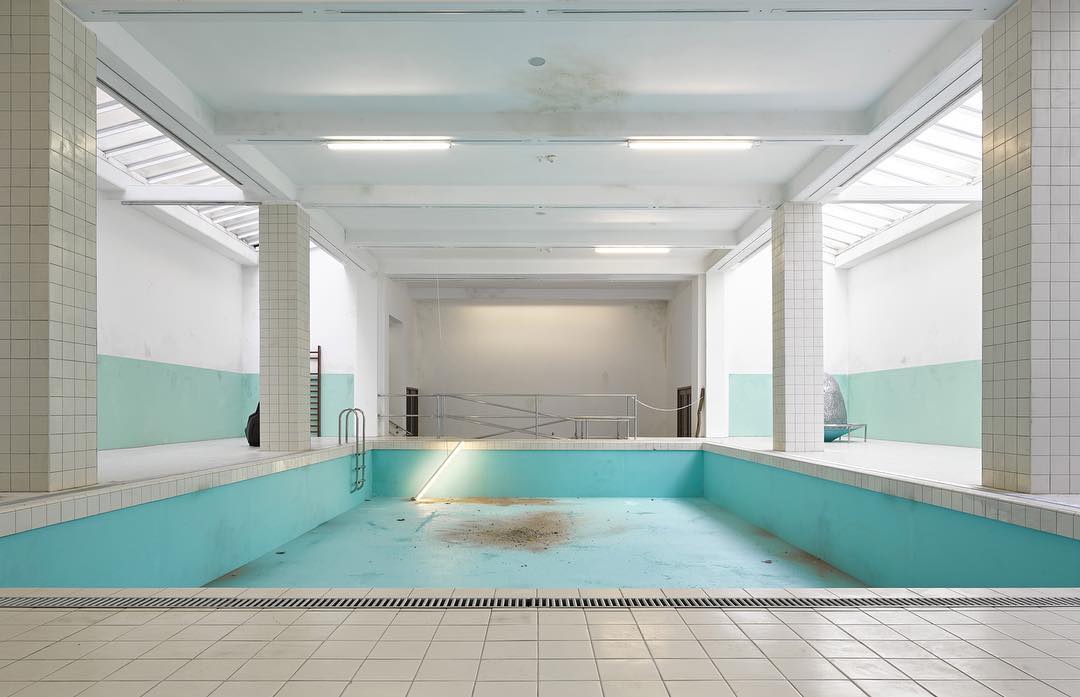
Elmgreen & Dragset have a tall tale to tell about this pool
Don't believe everything you see and read at their excellent new Whitechapel Gallery show
Don’t trust everything you see and read at the new Elmgreen & Dragset exhibition. The show, which opens at the Whitechapel gallery in London today, is called This is How We Bite Our Tongue, and is a mid-career survey of their sculptures and installations set in an “extraordinary new large-scale installation that meditates on the fate of civic space.” That much is true.
However, the artists are being a little coy as to the nature of that large-scale installation. The Whitechapel Pool, was, according to the artists’ narrative founded in 1901, renovated in 1953 and used daily for decades by Aldgate residents, Indeed, they go so far as to claim it was the site where artist David Hockney made his first drawings of a swimming pool.
Keen swimmers in East London as well as art historians might find this a little hard to believe, and indeed, the pair admit in a London Evening Standard Interview that the pool which, according to the show’s narrative, is about to be turned into a luxury spa, was fabricated for the show, and serves as a metaphor for London’s civic sell-offs.
“A lot of what we see around us, all the sell-offs to Qataris, were happening when he (former Foreign Secretary Boris Johnson) was Mayor,” Elmgreen tells the paper. “That was easy money in the pocket, for a very short time. It’s like peeing in your pants when it’s cold: it warms nicely in the beginning and then it becomes really bad.”
In a slightly more earnest tone, they also note that the rise of the public pool coincides with the rise of the public art gallery, and what pools remain are “a place where people dared to show their bodies in front of each other; where people actually could socialise, different classes, to a certain degree at least, and interact in a freer way.”
If you see any of the gallery goers stripping down at the show this weekend, you’ll know why. For a deeper understanding of these important contemporary artists, watch out for our forthcoming Elmgreen & Dragset book; for more on collaborative artists, get Co-Art.